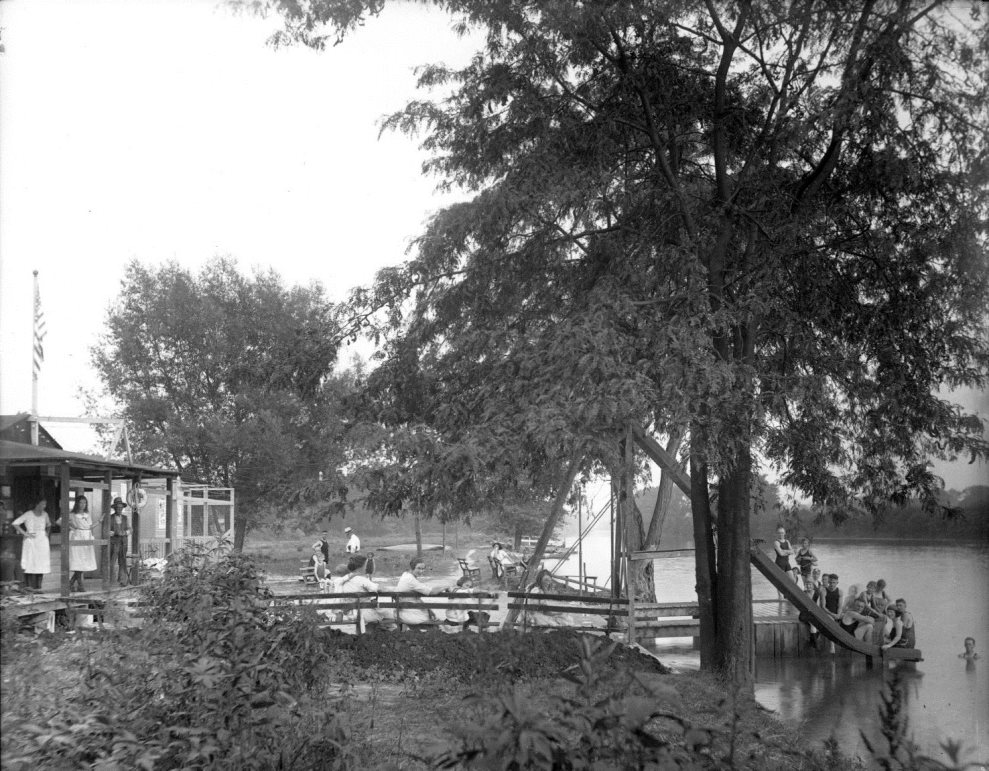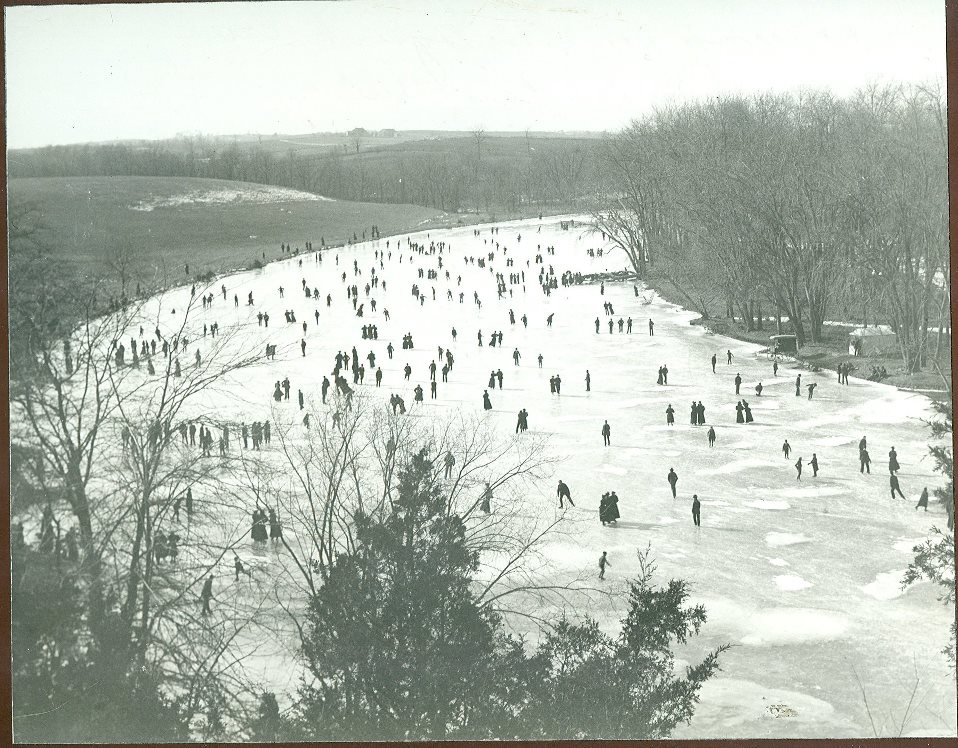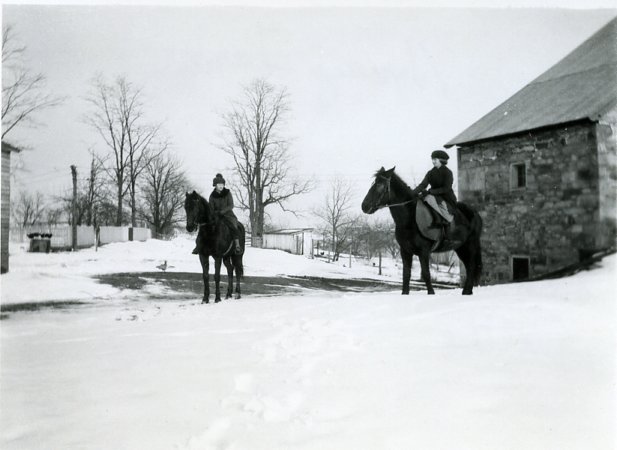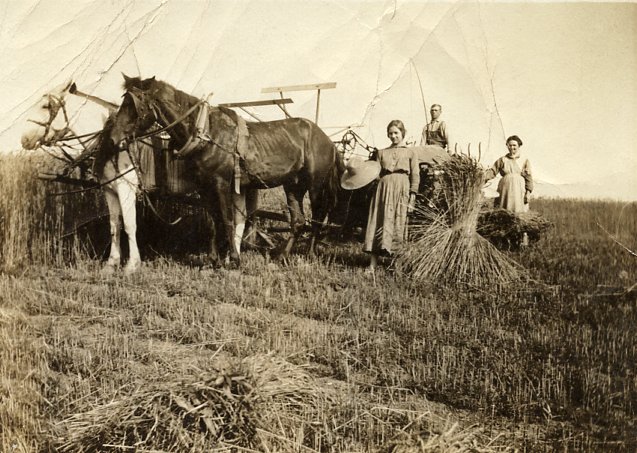1 Genevieve Blatt, Secretary, Incorporation Dates for Pennsylvania Municipalities, (Harrisburg: Commonwealth of Pennsylvania, Department of Internal Affairs, 1965), p.52.
2 Lenore E. Flower, Blunston Licenses and Their Background, (Carlisle: The Hamilton Library and Historical Association of Cumberland County, 1961) p. 3.
3 William T. Swaim, “The Evolution of Ten Pre-1745 Presbyterian Societies in the Cumberland Valley”, (Carlisle: CCHS, volume 2, # 2, Summer, 1985) pp 26-7.
4 Richard L. Tritt, Here Lyes The Body: The Story of Meeting House Springs, (Carlisle: First Presbyterian Church, 2009) p. 97.
5 William Henry Egle, Notes and Queries, Fourth Series, volume I, (Baltimore Genealogical Publishing Company, 1970) p. 193.
6 Thomas G. Tousey, Military History of Carlisle and Carlisle Barracks, (Richmond: The Dietz Press, 1939), p. 84
7 Ibid., p. 79.
8 Ibid., p. 184.
9 “A Tour of Historic Carlisle Barracks”, (US Government Printing, 1981), p. 3.
10 Raphael S. Hays, II, John Hays, (Cumberland County, PA, 250th Anniversary Committee, 2000), p. 4.
11 Ibid., p. 41.
12 Carlisle Weekly Gazette, Carlisle, June 29, 1803.
13 The Sentinel, Carlisle, October 3, 2004.
14 Conway P. Wing, D.D, History of Cumberland County, Pennsylvania, (Philadelphia, James D. Scott, 1879) p. 121.



